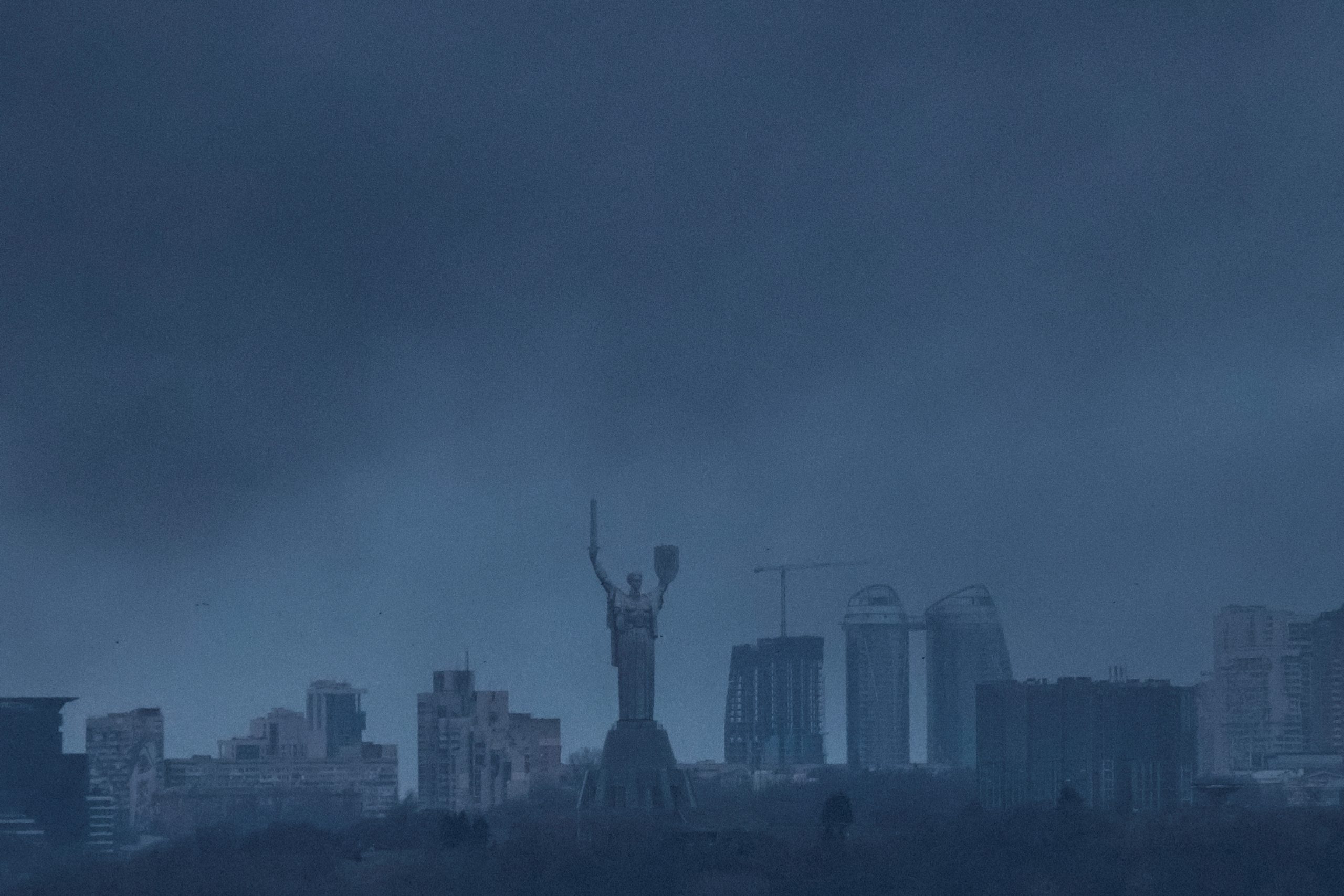
Chris Lange, FISM News
[elfsight_social_share_buttons id=”1″]
Russia launched another massive wave of strikes across Ukraine Thursday that that included hypersonic missiles. Kyiv confirmed that six ballistic missiles were used in the attacks, in which at least 11 Ukrainians were killed.
The Kinzhal air-launched ballistic missiles, capable of carrying nuclear and conventional warheads, are among the six “next generation” weapons Russian President Vladimir Putin announced in 2018. Kinzhals, which translates as “daggers” in Russian, have been used in Ukraine on several occasions beginning in March 2022.
Putin declared in December 2021 that Russia had become the global leader in hypersonic missiles.
“In our advanced developments, we are definitely the leaders,” he said two months before the invasion of Ukraine, per Reuters.
The Institute for the Study of War (ISW) said Thursday in its daily assessment of the conflict that Russia targeted Ukrainian infrastructure with 84 different missiles and eight Iranian-made Shahed drones in the widespread attacks which Britain’s Defense Ministry said represented “one of the largest” waves of long-range strikes on Ukraine since December,” which included “an unusually large number of hypersonic air-launched ballistic missiles.”
“The interval between waves of strikes is probably growing because Russia now needs to stockpile a critical mass of newly produced missiles directly from the industry before it can resource a strike big enough to credibly overwhelm Ukrainian air defenses,” the Ministry said in its latest war update.
The ISW also reported that Russia’s contracted Wagner Group fighters appeared to have taken a “tactical pause” in their months-long effort to capture Bakhmut in eastern Ukraine. The U.S.-based think tank added that “it remains unclear if Wagner fighters will retain their operational preponderance in future Russian offensives in the city.”
LATVIA DONATES DRUNK DRIVERS’ CARS TO UKRAINE
Latvia’s government has agreed to donate cars seized in drunk driver arrests to a nongovernmental organization (NGO) that volunteered to deliver them to Ukraine’s military and hospitals.
According to Reuters, the donations represent a creative solution proposed by non-profit “Twitter Convoy” founder Reinis Poznaks to deal with a major uptick in drunk driving arrests in Latvia that have resulted in overcrowded impound lots while at the same time providing much-needed automobiles to Ukraine.
The Latvian government has agreed to deliver two dozen confiscated cars per week to Poznaks who will see that they are delivered to Ukraine in the mostly volunteer operation.
“No one expected that people are drunk-driving so many vehicles, they can’t sell them as fast as people are drinking. So that’s why I came with the idea – send them to Ukraine,” Poznaks said.
Twitter Convoy has already dispatched about 1,200 vehicles to Ukraine since the Russian invasion last year and has raised $2.1 million for vehicle purchases, repairs, and logistics in 2022 through social media outreach.
Latvian Finance Minister Arvils Aseradens said the government was inspired by the success of the NGO to drop attempts to auction the vehicles and donate the cars instead. “We said, well, you can take those cars … and (Poznak) says, ‘Oh, that’s very good!'”
